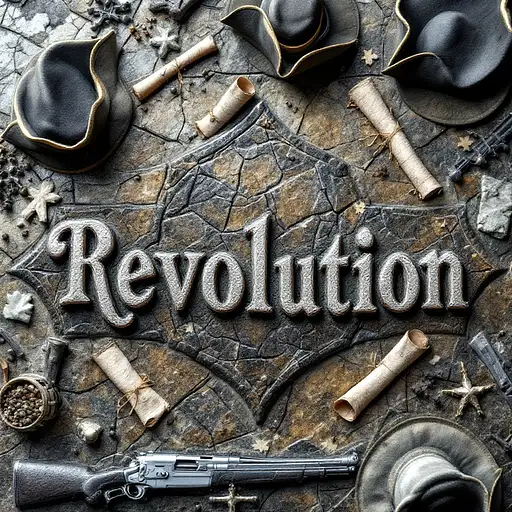8 days ago
Album Cover for: “Trône sur les Ruines”
Format: Wide shot, full body, cinematic environment, poster-quality
Ultra-realistic cinematic concept art of a Moroccan man in his late 20s — light brown skin, clean-shaven, with a short buzz cut and medium taper fade — sitting proudly and powerfully on a massive brutalist throne. His body language is heavy and dominant: legs planted wide, elbows on knees, hands gripping the throne armrests. His eyes lock directly onto the viewer — serious, furious, proud. His expression carries the weight of survival and leadership born through chaos. He looks like a street king forged in war, not luxury.
The throne is enormous, crafted from cracked concrete, twisted rebar, scorched books, shattered electronics, rusted weapons, and destroyed satellite parts — a symbolic fusion of revolution and ruin. It sits atop rubble and ash. Behind him, the destroyed skyline of a Moroccan city: burned buildings, collapsed domes, broken antennas, crumbling high-rises, graffiti-scarred walls. A torn Moroccan flag flutters in the distance, hanging from a bent metal pole.
The man wears a modern warrior-royalty outfit: a long dark trench coat made from military fabric, lined with faded golden Moroccan embroidery (zellige patterns), a worn bulletproof vest underneath, armored combat pants with tactical straps, and black scratched leather boots. A tattered deep red cloak is thrown over one shoulder. On his chest, a bent metal star medal — not shiny, but earned. His crown is raw and symbolic: cracked gold fused with rusted iron, dented like it survived fire — resting slightly tilted on his head.
The sky is cinematic: thick storm clouds rolling in, deep greys and purples, with one sharp beam of golden-orange light breaking through — hope after destruction. Ash and dust drift in the air, adding texture and motion.
Typography: “Trône sur les Ruines” in cracked gold serif font, minimalist, sharp, placed bottom right or top left.
Color palette: Ash grey, Moroccan red, coal black, bronze gold, burnt orange, storm blue.
Mood: Powerful, apocalyptic, victorious. A portrait of survival and reclaimed legacy.
Style: Cinematic, ultra-detailed, wide angle, poster-quality realism. Inspired by Yeezus, French war photojournalism, LiveLoveA$AP, and dystopian street rebellion aesthetics.
— full body shot, wide angle, cinematic composition, Moroccan ruins in full view, background visible, throne fully visible, urban destruction, ash particles, crown visible, golden light from clouds, no blur, no fantasy, hyper-detailed, realistic lighting, gritty textures


